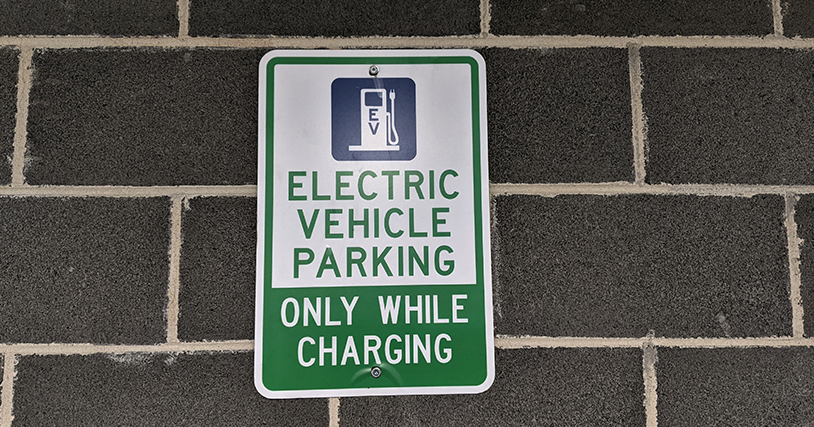Six Factors to Consider when Adding Electric Vehicles at Your Site

In January 2022, according to Statista, the U.S. had almost 113,600 charging outlets for plug-in electric vehicles (EVs). Most of these are in California, with nearly 41,500 public and private power outlets. But there will be an estimated 15 million plug-in EVs on the road in 2030, 15 times the current amount.
For C-stores, grocers and retail petroleum sites, installing EV charging stations can be a strategic investment in the business and its future. The question is: how best to incorporate EVs into your business model so you can drive traffic, boost revenue and build customer loyalty?
Understanding EV Opportunities
The first step is to understand the opportunities that EV charging stations present. For example:
- Charging takes space, and specifically parking spaces. Those spots should be viewed as valuable real estate for attracting new customers and potential revenue.
- Charging takes time. Depending upon how low a customer’s battery may be or how far they need to travel, charging time may take anywhere from 30 to 60 minutes––even with fast charging stations. While local users may not drop in for that service, travelers on the road have fewer options.
- Customers need to fill that time. While their battery is charging, customers often feel compelled to purchase items, especially food and drink.
- Give them something to do while they wait. Charging customers are ideal candidates for targeted promotions designed to encourage purchasing behavior and loyalty. For example, encourage them to buy Lottery tickets they can scratch off while they wait; offer a free soda to those who eat while they charge up; provide EV charger discounts with a minimum purchase; or bundle charging fees with specific products or meals.
As you consider EVs, be sure to address these factors that could make or break the success of your charging experience:
- Own vs. Lease. Charging companies, including Tesla, may lease parking spaces at your location, and provide the EV chargers. Another option is to purchase a commercial charging station that works with a variety of vehicles. Then decide on the charging model: free or as a paid service.
- The charging network. Research the equipment provider’s reputation. If a charging station suffers frequent outages or repair times are slow, EV customers can be dissuaded from pulling in to use your stations.
- Competition. Assess the competitive landscape. If there aren’t many (or any!) stations in your area, you can establish a key competitive advantage. If the rival across the street offers charging stations, you may need to install chargers just to stay competitive.
- Guest Wi-Fi and network infrastructure. Be sure your IT infrastructure can handle the increased traffic on the internet/data network and that your Wi-Fi coverage is adequate and extends to your charging spots.
- Signage and promotions. Once you develop targeted promotions for your charging customers, display those special offers on your digital signage, menu and marketing boards. Remember to also promote the availability of your charging stations to those who may not have noticed them.
- Loyalty app. Because a good EV charging experience breeds customer loyalty (just like clean restrooms can), promote your stations within your loyalty app––and promote your loyalty app to those using your stations.
Whether you’re a C-store, grocer or retail petroleum operator, installing EV charging stations can be an investment in your business and its future––a strategy for driving traffic, boosting revenue and building customer loyalty.